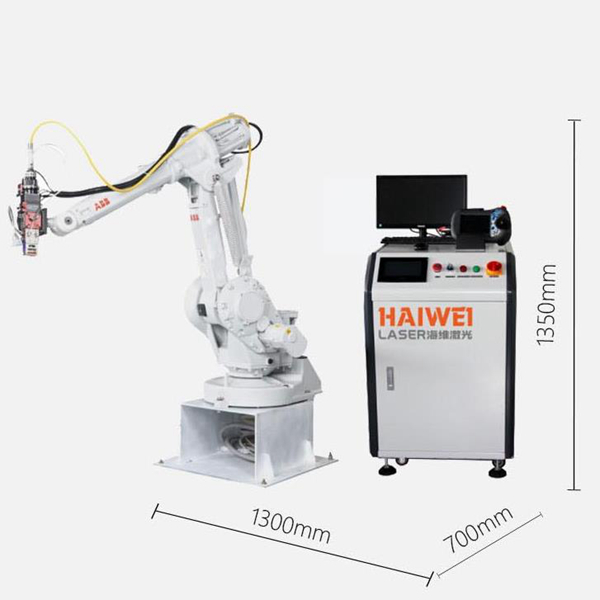How to inspect the welding quality of automated laser welding machines?
Ensuring consistent weld quality is critical when using an automated laser welding machine. Unlike manual processes, automation allows for integrated, real-time monitoring and post-process verification methods that improve traceability and reduce defects.

In-Process Monitoring
Modern automated laser welding machines often include sensors that track key parameters during welding. Melt pool monitoring uses infrared or visible-light cameras to observe weld pool stability. Any fluctuations in size or shape can indicate issues like incomplete fusion or porosity. Plasma monitoring analyzes light emission from the keyhole to detect instability in real time.
Seam Tracking and Adaptive Control
Laser scanners or vision systems can verify joint alignment before welding begins. If misalignment is detected, the system adjusts the laser path automatically. This ensures consistent beam positioning, which directly impacts weld quality, especially on complex or variable parts.
Non-Destructive Testing (NDT) Post-Weld
After welding, common methods include visual inspection (automated or manual), X-ray imaging for internal defects, and ultrasonic testing for thick-section joints. For hermetic sealing applications, helium leak testing is standard.
Data Logging and Traceability
A key advantage of automated systems is the ability to record all process parameters—laser power, speed, focus, and gas flow—for each weld. This data can be linked to part IDs, enabling full traceability and easier root-cause analysis if failures occur.
Periodic Destructive Testing
Even with in-process controls, periodic destructive tests—such as tensile, bend, or metallographic cross-section analysis—are necessary to validate weld strength and internal quality.
The welding quality of an automated laser welding machine can be effectively monitored through a combination of real-time sensors, post-weld NDT, and comprehensive data tracking. When evaluating systems, prioritize those with built-in monitoring capabilities and open data interfaces for seamless integration into your quality management process.
Recent Posts
- What are the advantages of laser welding machines in lithium battery pack production lines?
- What issues should be noted when choosing a lithium battery pack production line?
- Quality Inspection and Control of Lithium Battery Module Pack Production Line
- Cell grouping and sorting process in lithium battery module pack production line
- What are the safety hazards of lithium battery pack production lines and how can they be prevented?
INQUIRY

